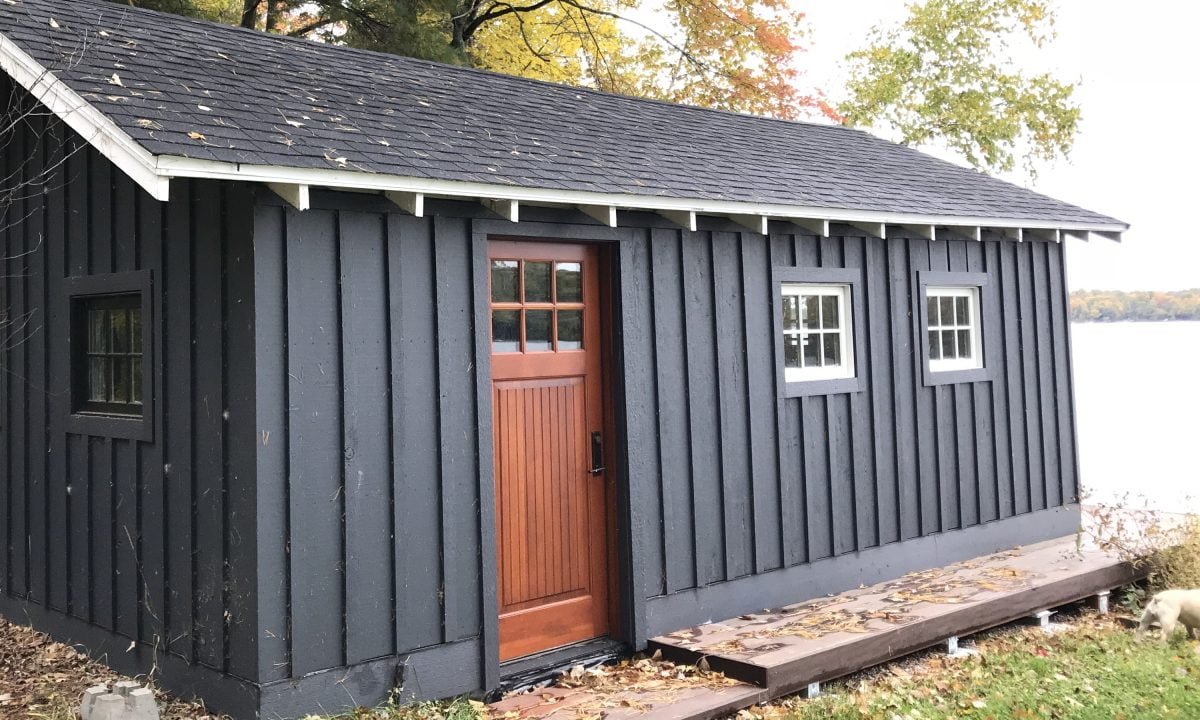Air and moisture barrier such as house wrap or felt paper must be applied between siding and sheathing plywood to avoid water infiltration.
Air infiltration barrier on board and batten siding.
Redundant barrier wall layers vs.
Moisture barrier house wraps do the same thing but for rain snow and other outside moisture.
Although your siding is your home s first defense against wind many types have small gaps and cracks at the joints where siding panels line up.
To construct a vented rain screen wall add a vented air space between the redundant barrier that is the weather resistant barrier wrb and siding.
The infiltration barrier would be sandwiched between the outside of the studs and the 2 x 4 horizontal nailers.
That would leave an air gap there of 1 5 between the studs and the back of the siding.
Most of the windows are in decent shape anderson dual pane and don t leak much air.
We have had our rainscreen board and batten siding for nearly 10 years and it looks brand new.
I then began to think about where the water will go when not if it finds it s way behind the boards.
Does the horizontal strapping impede on the water s ability to drain down.
I am thinking about using vertical pine board and batten on the exterior of my new house.
Exterior is mostly board and batten wood siding both boards and battens are a full 1 thick boards are 12 wide.
We install moisture barriers because we know the siding will leak due to rain storms wind etc if you live in a cold climate in winters i d use a vapor barrier on the batt insulation but don t install plastic sheeting on the walls.
Although the insulation may balloon that air barrier outward somewhat into that 1 5 air gap.
But when it comes to durability engineered wood siding is a smarter buy compared to solid wood siding because it mimics its look but features greater durability and easier maintenance.
While board and batten siding is typically wood it can be made from vinyl fiber cement or steel.
The house is cold in the winter partly because it is on slab and partly because it is pretty drafty.
This will require horizontal strapping which i initially thought should be placed over the house wrap.
The old farmhouse we are redoing originally had board and batten siding cut and milled right here on the property yellow pine.
And that leads to air infiltration and seepage the kinds of things that drive up energy costs.
3 water resistive barrier wrb as defined by building code and a minimum 3 8 in.
I would add a tyvek air barrier to contain air migration and leave some expansion room for.
Rain screen wall layers.
In the 1960 s they took off the battens and put up that ugly tar paper siding over the boards.
See the layers below.
10mm air space between the wrb and the panel siding formed by minimum 3 8 inch furring.
Modern materials with r value such as dupont tyvek homewrap helps to keep air and water out while letting water vapor escape.





























